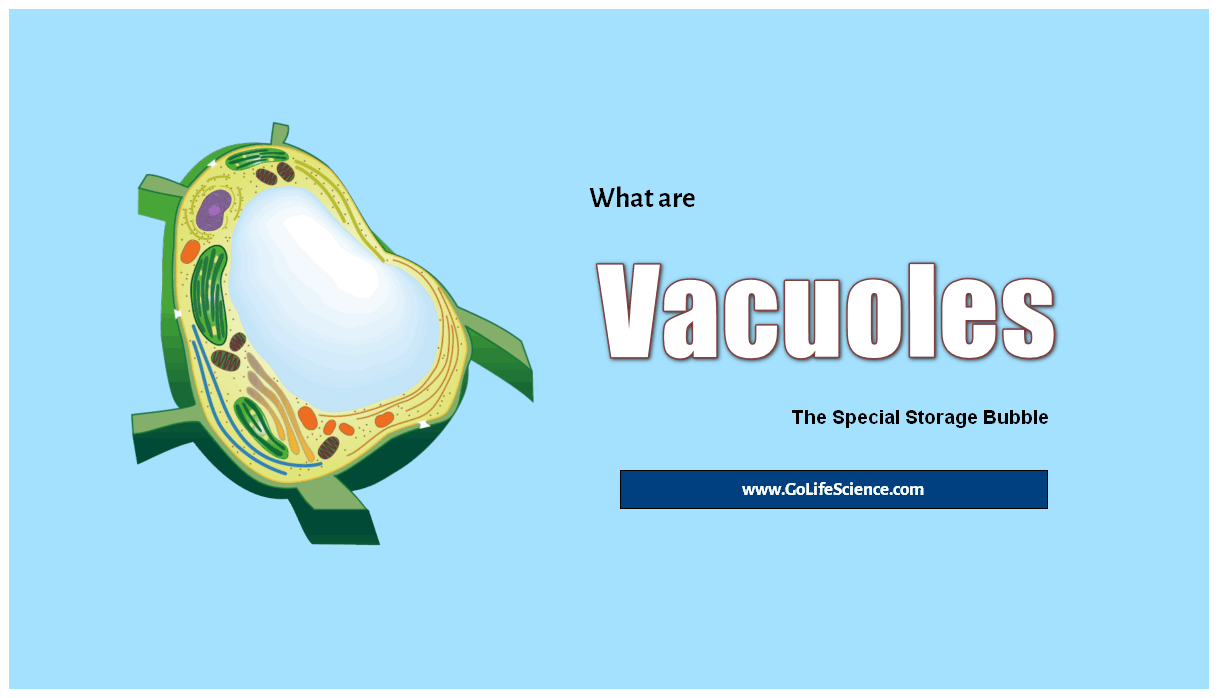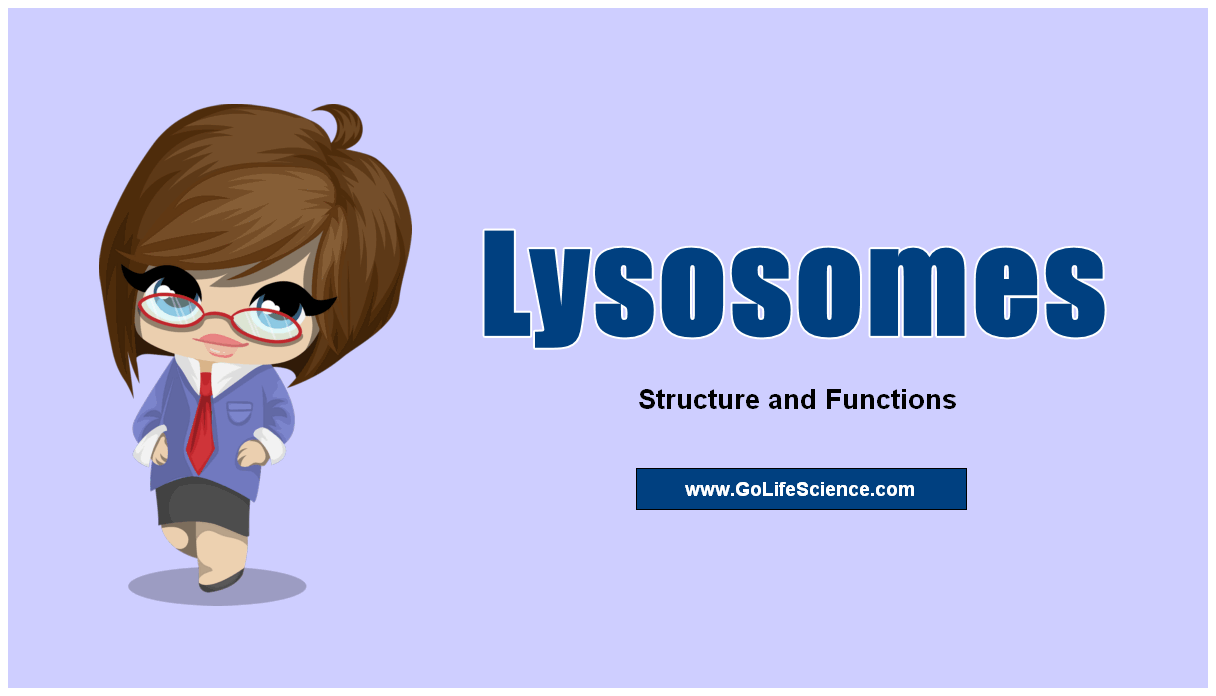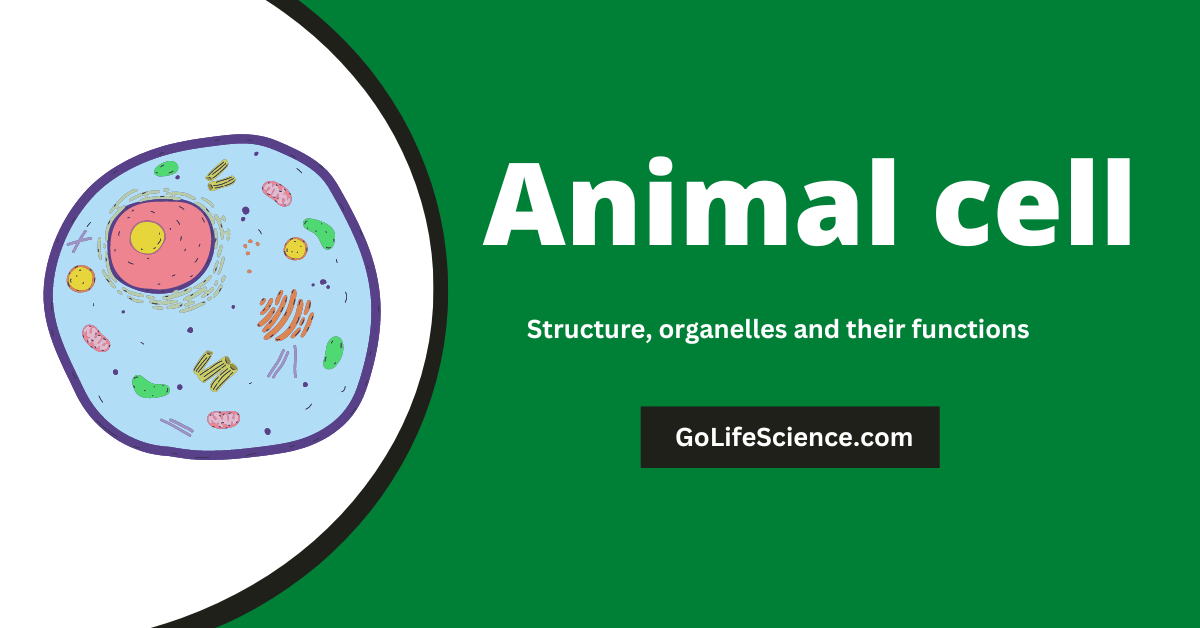
The cytoplasm of plant cell consists of discoid, oval or spherical bodies called Plastids. They are present in all plants except bacteria, fungi, and blue-green algae. Plastids are living.
They are formed a fresh but arise from minute pre-existing bodies called Protoplastids already present in embryonic cells. They multiply in number by division.

On the basis of color, these are of three types i.e. Leucoplasts, chloroplasts, and chromoplasts. One form of plastid can change into another as Leucoplasts.
Change into chloroplasts when the former are exposed to light for a prolonged period.
Similarly, chloroplasts change into leucoplasts in the continued absence of light. Similar changes take place in chromoplasts.
In young tomato fruit, the leucoplasts gradually change into chloroplasts which finally turn into chromoplasts as the fruit ripens.
Leucoplasts are white and occur in storage cells of roots and underground stems. They convert sugar into starch.
Chloroplasts are green plastids bearing green pigment chlorophyll. Chromoplasts are yellow, orange and red and are present in petals of flowers are fruits.
Table of Contents
Types of Plastids
Other Plastids are
- Plastids in algae
- Plastids in plants
Plastids in Plants
These are responsible for photosynthesis, storage of products like starch and for the synthesis of many classes of molecules such as fatty acids and terpenes which are needed as cellular building blocks and/or for the function of the plant.
Depending on their morphology and function, these are having the ability to differentiate or redifferentiate, between these and other forms.
All plastids are derived from proplastids (formerly “eoplasts“, eo-: dawn, early), which are present in the meristematic regions of the plant.
Proplastids and young chloroplasts commonly divide by binary fission, but more mature chloroplasts also have this capacity.
Plastids types in Plants
In plants, plastids may differentiate into several forms, depending upon which function they play in the cell. Undifferentiated plastids (proplastids) may develop into any of the following variants:
- Chloroplasts green plastids: for photosynthesis; see also etioplasts, the predecessors of chloroplasts
- Chromoplasts/colored plastids: for pigment synthesis and storage
- Gerontoplasts: control the dismantling of the photosynthetic apparatus during senescence
- Leucoplasts colorless plastids: for monoterpene synthesis; leucoplasts sometimes differentiate into more specialized types:
- Amyloplasts: for starch storage and detecting gravity
- Elaioplasts: for storing fat
- Proteinoplast/aleuronoplasts: for storing and modifying protein

Each plastid creates multiple copies of a circular 75–250 kilobase plastome.
The number of genome copies per plastid is variable, ranging from more than 1000 in rapidly dividing cells, which, in general, contain few plastids, to 100 or fewer in mature cells, where plastid divisions have given rise to a large number of plastids.
The plastome contains about 100 genes encoding ribosomal and transfer ribonucleic acids (rRNAs and tRNAs) as well as proteins involved in photosynthesis and plastid gene transcription and translation.
However, these proteins only represent a small fraction of the total protein set-up necessary to build and maintain the structure and function of a particular type of plastid.
Plant Nuclear genes encode the vast majority of plastid proteins, and the expression of plastid genes and nuclear genes is tightly co-regulated to coordinate the proper development of plastids in relation to cell differentiation.
Plastid DNA exists as large protein-DNA complexes associated with the inner envelope membrane and called ‘plastid nucleoids’. Each nucleoid particle may contain more than 10 copies of the plastid DNA.
The proplastid contains a single nucleoid located in the center of the plastid. The developing plastid has many nucleoids, localized at the periphery of the plastid, bound to the inner envelope membrane.
During the development of proplastids to chloroplasts, and when plastids convert from one type to another, nucleoids change in morphology, size, and location within the organelle.
The remodeling of nucleoids is believed to occur by modifications to the composition and abundance of nucleoid proteins.
Many plastid types, particularly those responsible for photosynthesis, possess numerous internal membrane layers.
In-plant cells, long thin protuberances called ‘Stromules’, Sometimes form and extend from the main plastid body into the cytosol and interconnect several plastid organelles.
Proteins and presumably smaller molecules can move within stromules.
Most cultured cells that are relatively large compared to other plant cells have very long and abundant stromules that extend to the cell periphery.
Plastids in Algae
In algae, the term leucoplast is used for all unpigmented plastids and their function differs from the leucoplasts of plants.
Etioplasts, amyloplasts, and chromoplasts are plant-specific and do not occur in algae. Plastids in algae and hornworts may also differ from plant plastids in that they contain pyrenoids.

Glaucocystophytic algae contain muroplasts, which are similar to chloroplasts except that they have a cell wall that is similar to that of prokaryotes.
Rhydophytic algae contain rhydoplasts, which are red chloroplasts that allow the algae to photosynthesis to a depth of up to 268 nm.
Source and For more information






